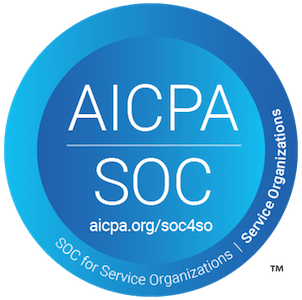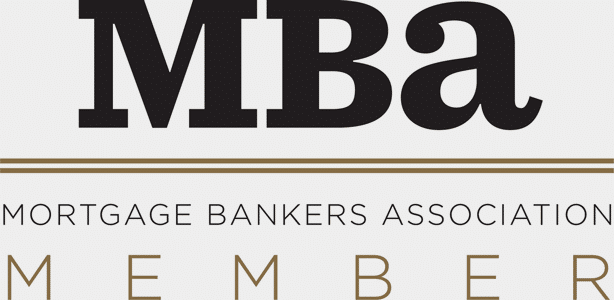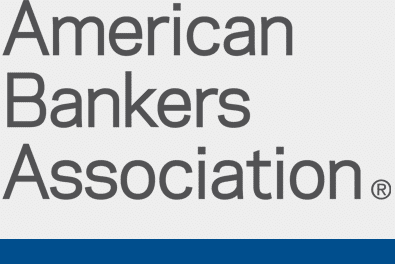Remote Inspections: Get the Info You Need to Determine if They Are a Viable Option

Generally speaking, property inspections are straightforward, and the advent of technology has made them more so. It is no longer required to take a polaroid camera, snap a pick, and fax the report. Now video conferencing can help achieve all the goals of a property inspection. Now there are remote inspections, which come with a professionally completed inspection that has the same – or even better – results compared to a traditional inspection.
Believe it or not, some remote inspections can be completed with extreme accuracy. They are also faster and safer than traditional inspection. They may be a good part of a company’s plan to just do it once. Keep reading to get more information on these remote inspections and then contact ECL Software at 800-625-5972 for help.
Understanding Remote Inspections
A remote inspection offers a way to have a property inspected without the need for the inspector to physically go to the property. The way it works is that a property inspector connects with a property contact, such as the owner. They then direct the contact with where to go just as they would if they were there in person. The remote inspector can do everything they could do if they were in person and the entire process takes less than 30 minutes in most cases.
Remote Inspections Could Be a Safer Alternative to a Traditional Inspection
The question is: Are remote inspections really a safe option to traditional inspections? Yes. They not only offer the same safeguards you can expect with a traditional inspection but there are other built-in protections too. For example, there are security standards that can be used to protect the homeowner’s privacy and prevent people from giving inaccurate or fraudulent information to lenders, appraisers, and others in the industry.
Note that remote inspections cannot solely rely on photo metadata, live GPS location data, or other types of technology that can so easily be spoofed and faked. There need to be third-party resources in place, such as records from the city or county, along with previous appraisal reports from lenders, to ensure the correct property is being addressed.
The Difference Between Remote and Virtual Inspections
There are a few differences between the two. Virtual inspections count on the property contact (i.e. owner) acting as the inspector and essentially doing a self-inspection. This is a risky option because fraud can occur easily. Remote inspections are different because the property contact acts as an intermediary via video call.
In this day and age, it is important to work with innovative companies that are taking the steps necessary to help their clients in these changing times. That is just what you can count on with ECL Software. Contact us at 800-625-5972 to get the facts.





Recent Comments